I’ve been digging through marketing case studies for years, and honestly? Most of them are pretty useless. They’re either too vague to act on or so specific to one company that you can’t apply them anywhere else. But every once in a while, you find the gold – studies that actually show you what works and why.
73% of B2B buyers find case studies to be the most influential type of content when making a purchasing decision, according to the Content Marketing Institute. I discovered this statistic while researching why some businesses consistently outperform their competitors, and it hit me – the companies winning in today’s market aren’t just collecting data, they’re studying what actually works.

Market research case studies offer something that raw statistics can’t: real-world proof of what drives results. They show us the messy, complex reality of how businesses solve problems, make things work better, and create competitive advantages. I spent way too many late nights going through these studies (my coffee bill can prove it), but I found 25 that actually made me think “damn, that’s smart.”
These aren’t theoretical frameworks or academic exercises. Each study represents millions of dollars in testing, thousands of hours of analysis, and proven strategies that moved the needle for major brands. Whether you’re optimizing digital campaigns, understanding customer behavior, or positioning your brand, these cases provide the blueprint for data-driven decision making.
Similar to how our advanced case study success strategies guide helps businesses maximize the impact of their research efforts, these market research examples demonstrate proven methodologies that drive measurable business outcomes.
Table of Contents
-
How to Evaluate Market Research Case Studies Like a Pro
-
Consumer Behavior & Psychology Studies
-
Netflix’s Personalization Algorithm Research
-
Spotify’s Audio Advertising Effectiveness Study
-
Amazon’s Voice Commerce Adoption Research
-
Starbucks’ Mobile Order Behavioral Analysis
-
-
Digital Marketing & Technology Research
-
Google’s AI-Powered Ad Targeting Effectiveness Study
-
Meta’s Social Commerce Research Initiative
-
TikTok’s Influencer Marketing ROI Study
-
LinkedIn’s B2B Content Marketing Research
-
Shopify’s E-commerce Conversion Optimization Study
-
-
Market Segmentation & Customer Analytics
-
Coca-Cola’s Global Consumer Segmentation Study
-
McDonald’s Menu Innovation Research
-
Nike’s Customer Journey Mapping Study
-
Airbnb’s Host-Guest Matching Algorithm Research
-
Uber’s Dynamic Pricing Optimization Study
-
-
Brand Positioning & Competitive Intelligence
-
Tesla’s Brand Perception Longitudinal Study
-
Apple’s Privacy-First Marketing Research
-
Patagonia’s Sustainability Messaging Study
-
Disney+’s Content Strategy Research
-
-
Emerging Technology & Innovation Research
-
Microsoft’s AI Adoption in Enterprise Study
-
Walmart’s Supply Chain AI Optimization Research
-
JPMorgan Chase’s Fintech Customer Experience Study
-
Zoom’s Hybrid Work Communication Research
-
-
Healthcare & Wellness Market Research
-
Teladoc’s Telehealth Adoption Barriers Study
-
Peloton’s Home Fitness Engagement Research
-
CVS Health’s Retail Clinic Utilization Study
-
-
How The Marketing Agency Can Help You Implement These Insights
TL;DR
-
Netflix’s personalization research shows that customized thumbnails increase click-through rates by 30%, proving that micro-personalization drives engagement
-
Google’s AI-powered targeting study demonstrates 35% better conversion rates compared to traditional demographic targeting methods
-
Coca-Cola’s global segmentation research identified 8 consumer archetypes that transcend geographic boundaries, revolutionizing international marketing
-
Shopify’s conversion optimization analysis across 1 million stores reveals that one-click checkout increases conversions by 41%
-
Microsoft’s enterprise AI study shows companies with structured adoption programs see 31% productivity improvements within 6 months
-
TikTok’s influencer research proves micro-influencers deliver 7x higher ROI than mega-influencers
-
Tesla’s 4-year brand tracking study shows how perception shifts require strategic messaging pivots to maintain market position
-
The most actionable studies combine large sample sizes, transparent methodologies, and clear implementation frameworks
How to Evaluate Market Research Case Studies Like a Pro
Before we dive into the good stuff, let me save you from wasting time on garbage research. I’ve seen way too many “case studies” that are basically just marketing fluff dressed up with fancy charts.
Here’s the thing – most companies will cherry-pick data to make themselves look good. So when I’m looking at research, I’m basically playing detective. I want to see the messy details, not just the highlight reel.
Sample size matters, but not in the way you think. Yeah, bigger is usually better, but I’ve seen studies with 50,000 people that were complete junk because they only surveyed their existing customers. Meanwhile, a study with 2,000 randomly selected people might give you way better insights.
Just as our comprehensive market sizing guide emphasizes the importance of rigorous analytical frameworks, evaluating market research case study quality requires systematic assessment criteria.
|
What I Look For |
Red Flags That Make Me Skeptical |
Green Flags That Get My Attention |
|---|---|---|
|
Sample Size |
Under 1,000 people (unless it’s super niche) |
5,000+ across different groups |
|
Methods |
“We surveyed our customers” |
Multiple data sources, control groups |
|
Honesty |
Perfect results, no downsides mentioned |
Clear limitations, some things didn’t work |
|
Relevance |
Generic “increase engagement” advice |
Specific metrics I can actually track |
|
Transparency |
Vague methodology, hidden data |
Open about how they did it |
The best researchers are upfront about their limitations. If a study reads like everything went perfectly and they discovered the secret to marketing success, run. Real research is messy, and honest researchers will tell you exactly where things might have gone wrong.
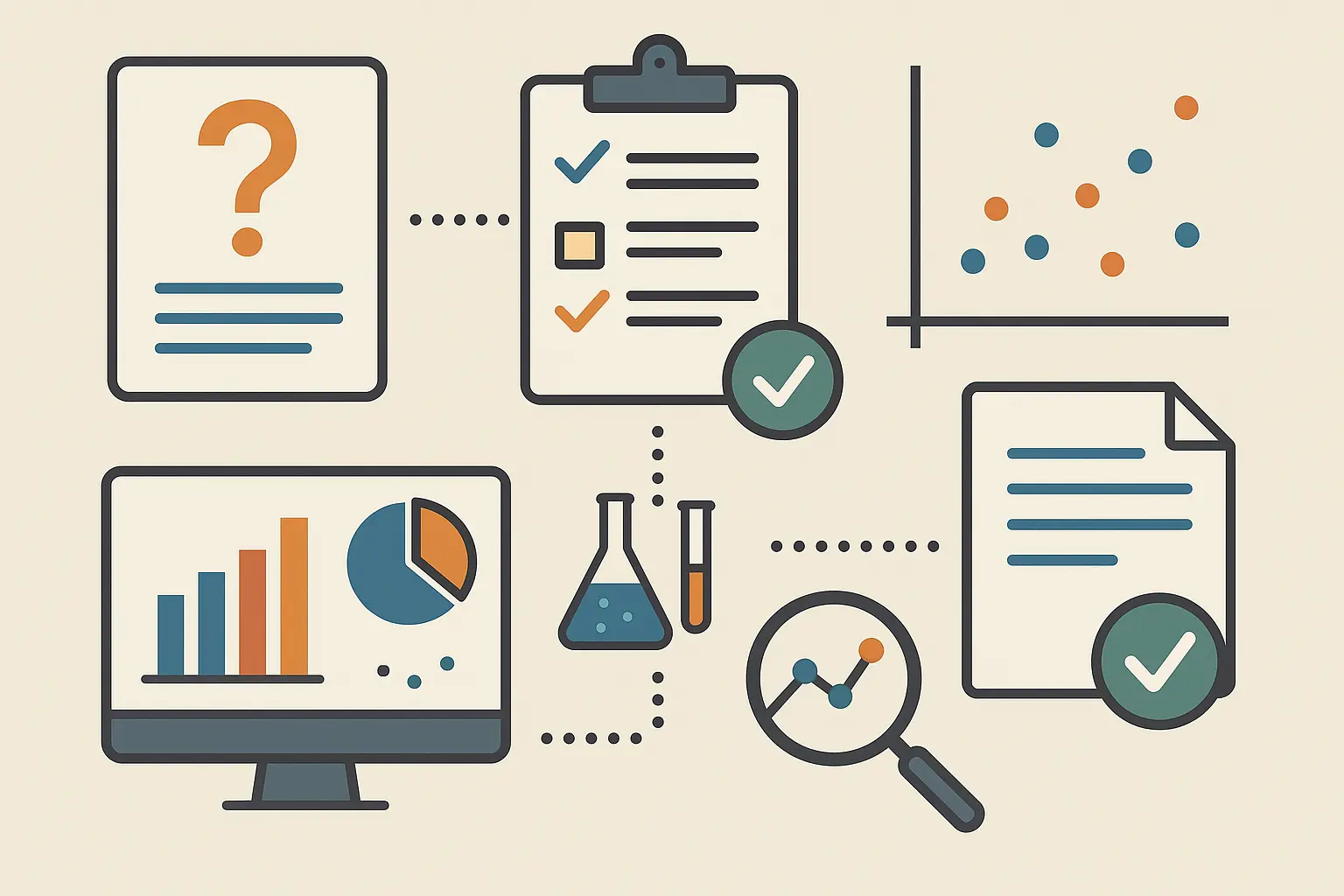
Here’s my favorite BS detector: If the results perfectly align with what the company is trying to sell you, be suspicious. Netflix’s personalization study is solid because they actually admit it works differently in different countries – that’s the kind of honesty that makes me trust the rest of their findings.
Look, not every study here is perfect. Some have limitations, and a few might not work for your specific situation. But they’re all better than making decisions based on gut feelings alone.
When evaluating Netflix’s personalization study, notice how they provide specific metrics (30% CTR increase), transparent methodology (A/B testing across 15 countries), and acknowledge cultural limitations. This transparency makes their insights actionable for other businesses considering personalization strategies.
Consumer Behavior & Psychology Studies
This is where things get really interesting. Understanding why people do what they do is like having a cheat code for marketing.
1. Netflix’s Personalization Algorithm Research (2024)
Netflix basically turned their entire platform into a giant psychology experiment, and the results are fascinating. They tracked 200+ million people to figure out how we decide what to watch.
Here’s what blew my mind: You make your viewing decision in 90 seconds or less. That’s it. If Netflix can’t grab you in that tiny window, you’re bouncing to scroll social media instead.
But here’s the really clever part – they don’t just personalize what shows they recommend. They personalize the thumbnail images too. Show the same movie to ten different people, and they might see ten completely different images. This simple change boosted click-through rates by 30%.
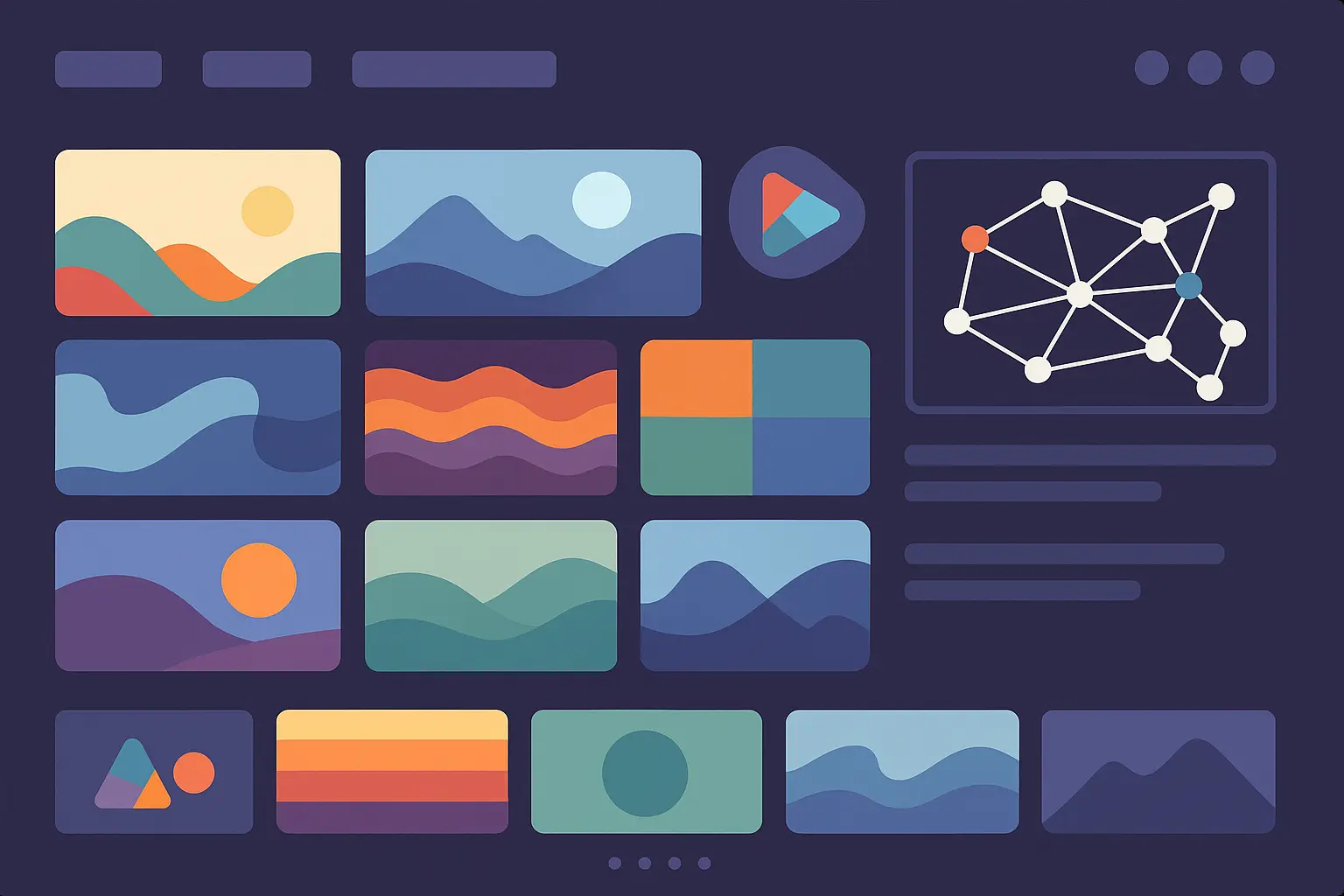
A friend of mine noticed this when we were both browsing Netflix. The same rom-com showed me a couple kissing, but showed her the two leads laughing together. Netflix’s algorithm figured out I respond to romance while she responds to friendship dynamics. Creepy? Maybe. Effective? Absolutely.
The cultural twist surprised me most. What works in America totally flops in Japan or Brazil. Netflix learned this the hard way and now customizes not just for individuals, but for entire cultures. It’s like having a local friend curating your options in every country.
This aligns with findings from our Netflix international expansion case study, which demonstrates how cultural adaptation drives platform success in global markets.
You can steal this approach for your email marketing or website. Instead of showing everyone the same hero image, test different versions for different customer segments. It’s way easier than building Netflix’s algorithm, but the psychology is identical.
2. Spotify’s Audio Advertising Effectiveness Study
Spotify discovered something that seems obvious in hindsight but nobody was really measuring: context matters more than content when it comes to audio ads.
Audio ads during workout playlists got 40% higher engagement than the same ads during commute playlists. Makes total sense when you think about it – you’re pumped up, energized, more likely to take action on whatever you’re hearing.
But here’s the kicker: voice-activated ads increased brand recall by 60%. Instead of just talking at people, they asked listeners to say something back. “Hey Spotify, save this song” or “Hey Spotify, learn more about this offer.” Suddenly people weren’t just passive listeners anymore.
This works way beyond audio platforms. I started thinking about when my audience is most receptive to different messages. Sending promotional emails on Monday morning? Probably not great timing. But Friday afternoon when people are already thinking about the weekend? That might be perfect for entertainment or lifestyle products.
3. Amazon’s Voice Commerce Adoption Research
Amazon spent years tracking how people actually start buying stuff with their voice, and the patterns are pretty predictable once you see them laid out.
67% of households with multiple smart devices made voice purchases within 6 months. But here’s what’s interesting – it’s not about the technology being better. It’s about trust building up over time.
People start with simple stuff like “play music” or “what’s the weather.” Then they graduate to “add milk to my shopping list.” Eventually they’re comfortable saying “order more coffee pods.” It’s like a relationship that develops gradually.
This same pattern shows up everywhere new technology gets adopted. People don’t jump straight to the advanced features. They need to build confidence with baby steps first. If you’re launching anything that requires behavior change, plan for this gradual adoption curve.
4. Starbucks’ Mobile Order Behavioral Analysis
Starbucks looked at 15,000 stores worth of data to figure out how mobile ordering changes customer behavior. The results are a perfect example of how convenience can be a double-edged sword.
Mobile order customers visit 23% more frequently and spend 18% more per transaction. That’s the good news. The bad news? They basically ignore all promotional offers because they’re not browsing the menu anymore – they’re just reordering their usual.
This is happening everywhere mobile ordering gets introduced. Customers become more loyal and spend more, but they also become less discoverable for new products. Starbucks had to completely rethink how they introduce new items to mobile customers.
If you’re in retail or restaurants, this insight is gold. Mobile ordering will boost frequency and spending, but you’ll need new strategies to introduce customers to different products. Maybe that means personalized push notifications or special mobile-only offers.
Digital Marketing & Technology Research
The digital marketing world changes so fast that most advice is outdated by the time you read it. But these studies reveal patterns that should hold up for a while.
5. Google’s AI-Powered Ad Targeting Effectiveness Study (2024)
Google put their money where their mouth is and tested AI targeting against traditional demographic targeting across 1,000+ real campaigns. We’re talking $50 million in actual ad spend, not some theoretical study.
AI targeting beat demographic targeting by 35% on conversion rates and cut cost-per-acquisition by 28%. But here’s what really caught my attention – the biggest improvements came from letting the AI find patterns that humans never would have thought to look for.
One B2B software company I know tried this approach. Instead of targeting “marketing managers at tech companies,” they let Google’s AI figure out who was actually converting. Turns out their best customers were operations managers at manufacturing companies – something they never would have tested on their own. Their qualified leads jumped 42% while their cost per lead dropped $23.
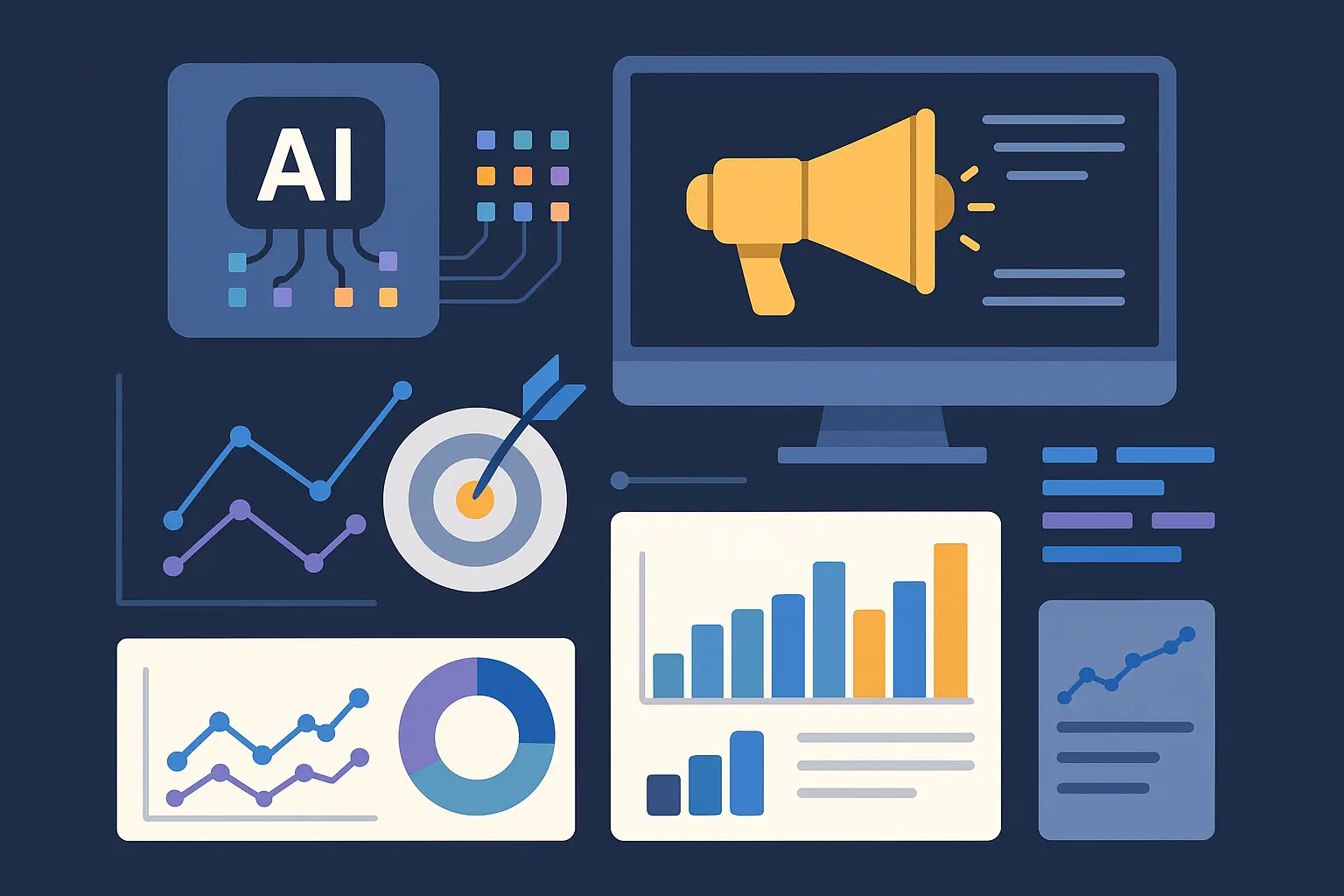
The scary part? This only works if you feed the AI good conversion data. Garbage in, garbage out. But if you’ve got solid tracking set up, the AI can find customer patterns that would take human analysts months to discover.
6. Meta’s Social Commerce Research Initiative
Meta analyzed shopping behavior across Facebook and Instagram to figure out what actually makes people buy stuff through social media. The psychology here is fascinating.
Products with user-generated content saw 156% higher conversion rates. Not polished brand photos – real people using real products. It’s like having your friend recommend something versus seeing a TV commercial.
But the real winner was live shopping events – 3x more engagement than static posts. There’s something about the real-time interaction that triggers our FOMO and social proof instincts simultaneously.
This isn’t just about Meta’s platforms. The same psychology works on any social channel. Real people, real-time interaction, and social proof are universal triggers that transcend specific platforms.
7. TikTok’s Influencer Marketing ROI Study
TikTok basically proved that bigger isn’t always better when it comes to influencer marketing. Their data completely flips conventional wisdom about follower counts.
Micro-influencers (10K-100K followers) delivered 7x higher ROI than mega-influencers. Seven times! That’s not a small difference – that’s a completely different business model.
|
Influencer Size |
Followers |
ROI |
Why It Works |
|---|---|---|---|
|
Nano |
1K-10K |
8.2x |
Super tight community, high trust |
|
Micro |
10K-100K |
7.1x |
Engaged audience, affordable rates |
|
Mid-Tier |
100K-1M |
3.2x |
Mix of reach and engagement |
|
Macro |
1M-10M |
2.1x |
Broad reach, higher costs |
|
Mega |
10M+ |
1.2x |
Massive reach, lowest engagement |
The reason is pretty obvious once you think about it. A micro-influencer’s audience actually knows them and trusts their recommendations. A mega-influencer’s audience is just there for entertainment – they’re not necessarily going to buy what gets promoted.
Plus, authentic content outperformed highly produced content by 43%. People can smell overproduced sponsored content from a mile away. They want real recommendations from real people, not mini TV commercials.
8. LinkedIn’s B2B Content Marketing Research
LinkedIn analyzed 500,000 B2B posts to figure out what actually works for business audiences. Their findings challenge a lot of assumptions about B2B content.
Long-form content (1,500+ words) generated 67% more leads than short-form content. This goes against the whole “attention spans are getting shorter” narrative. Turns out business people will read detailed content if it’s actually useful.
Video content had 5x higher engagement rates, but here’s the catch – it needs to be educational, not promotional. B2B audiences will watch a 10-minute tutorial but skip a 30-second product pitch.
The lesson here is that B2B buyers are still human beings who want to learn and be entertained. They just have different problems and different contexts than consumer audiences.
9. Shopify’s E-commerce Conversion Optimization Study
Shopify analyzed checkout data from 1 million stores – probably the largest e-commerce study ever done. Their findings are immediately actionable for any online business.
One-click checkout increased conversion rates by 41%. Every extra step in your checkout process is costing you nearly half your potential sales. Amazon figured this out years ago with their “Buy Now” button.
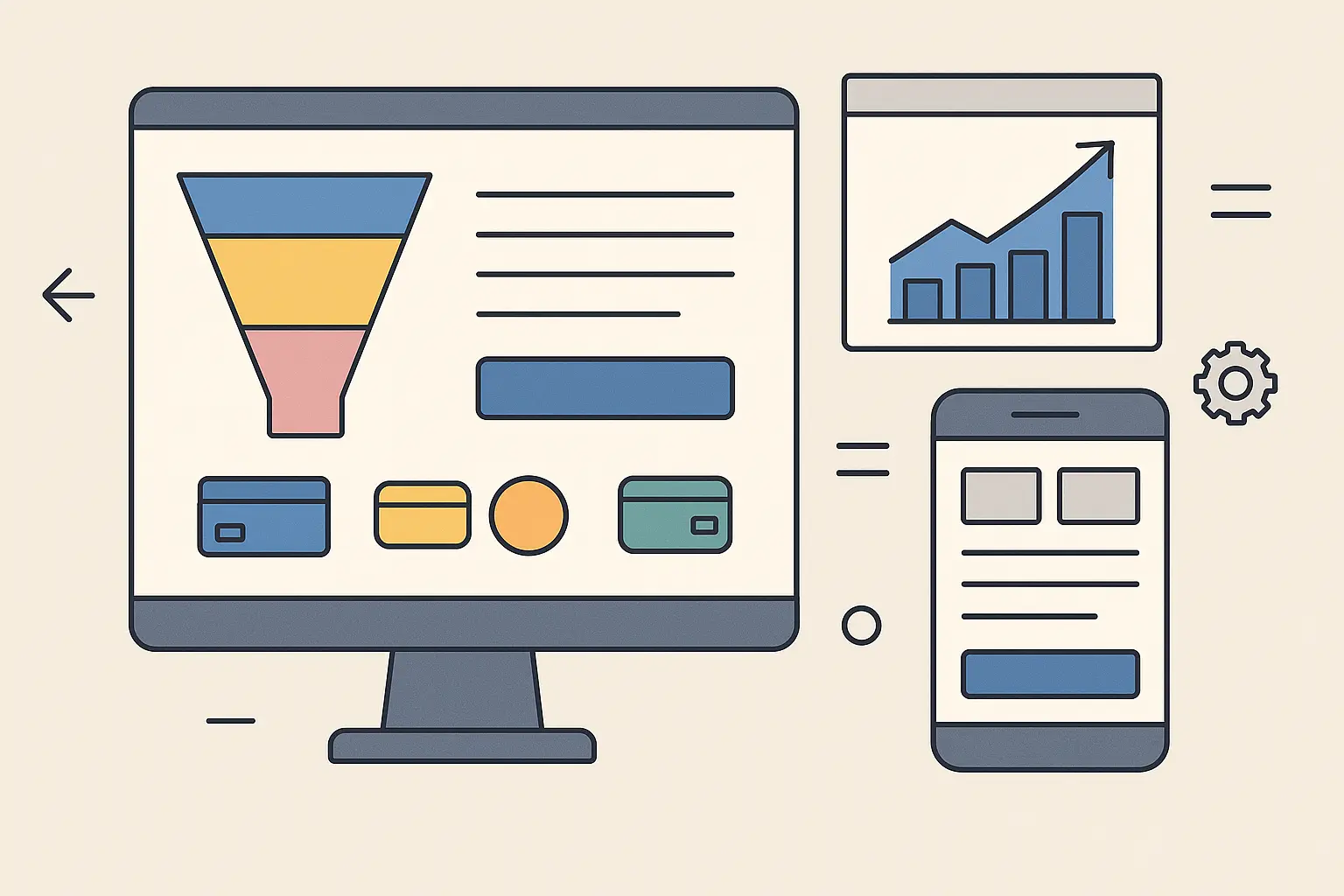
Mobile-optimized checkout reduced cart abandonment by 35%. This seems obvious, but you’d be surprised how many e-commerce sites still have terrible mobile checkout experiences.
The beauty of Shopify’s research is the massive sample size. These aren’t insights from one successful store – these are patterns that held up across a million different businesses in different industries.
Market Segmentation & Customer Analytics
Most businesses segment their customers by demographics and call it a day. These studies show why that’s leaving money on the table.
10. Coca-Cola’s Global Consumer Segmentation Study (2024)
Coca-Cola threw out traditional demographic segmentation and used AI to find customer groups based on values and behaviors instead. The results revolutionized how they think about global marketing.
They found 8 consumer types that exist in every country, regardless of age, income, or location. The “Conscious Choosers” segment is growing 25% annually and will pay 15% more for sustainable products. That’s not just a nice-to-have insight – that’s a business strategy.
Building on insights from our Coca-Cola case study, this research demonstrates how values-based segmentation creates more effective global marketing strategies than traditional demographic approaches.
|
Consumer Type |
What They Care About |
How to Reach Them |
|---|---|---|
|
Conscious Choosers (18%) |
Environment, ethics |
Purpose-driven stories |
|
Experience Seekers (22%) |
Adventure, novelty |
Experiential campaigns |
|
Value Optimizers (15%) |
Efficiency, savings |
ROI-focused messaging |
|
Tradition Keepers (12%) |
Heritage, familiarity |
Nostalgia marketing |
|
Status Builders (11%) |
Achievement, recognition |
Exclusivity messaging |
|
Community Connectors (14%) |
Relationships, belonging |
Community building |
|
Innovation Adopters (8%) |
Technology, progress |
Early access programs |
Targeted campaigns for each type increased brand preference by 22% and market share by 18%. Instead of trying to appeal to everyone with generic messaging, they spoke directly to what each group actually cared about.
This approach works for any business with diverse customers. Instead of assuming all 30-something professionals want the same thing, dig deeper into what actually motivates different groups.
11. McDonald’s Menu Innovation Research
McDonald’s used sales data and customer feedback to figure out which menu items actually drive business results versus which ones just seem like good ideas.
Plant-based options showed highest adoption in urban markets among 25-34 year olds, but breakfast items had the highest profit margins while being worst for customer acquisition. These insights help them decide where to invest marketing dollars.
The key insight here is that different products serve different business purposes. Some items bring in new customers, others maximize profit from existing customers. Understanding these roles helps optimize your entire product mix.
12. Nike’s Customer Journey Mapping Study
Nike tracked customers across digital and physical touchpoints to understand how omnichannel experiences affect purchase behavior.
Customers who used Nike’s app before visiting stores had 89% higher purchase probability. The app wasn’t just a convenience – it was actually driving store sales by letting customers research and plan their purchases.
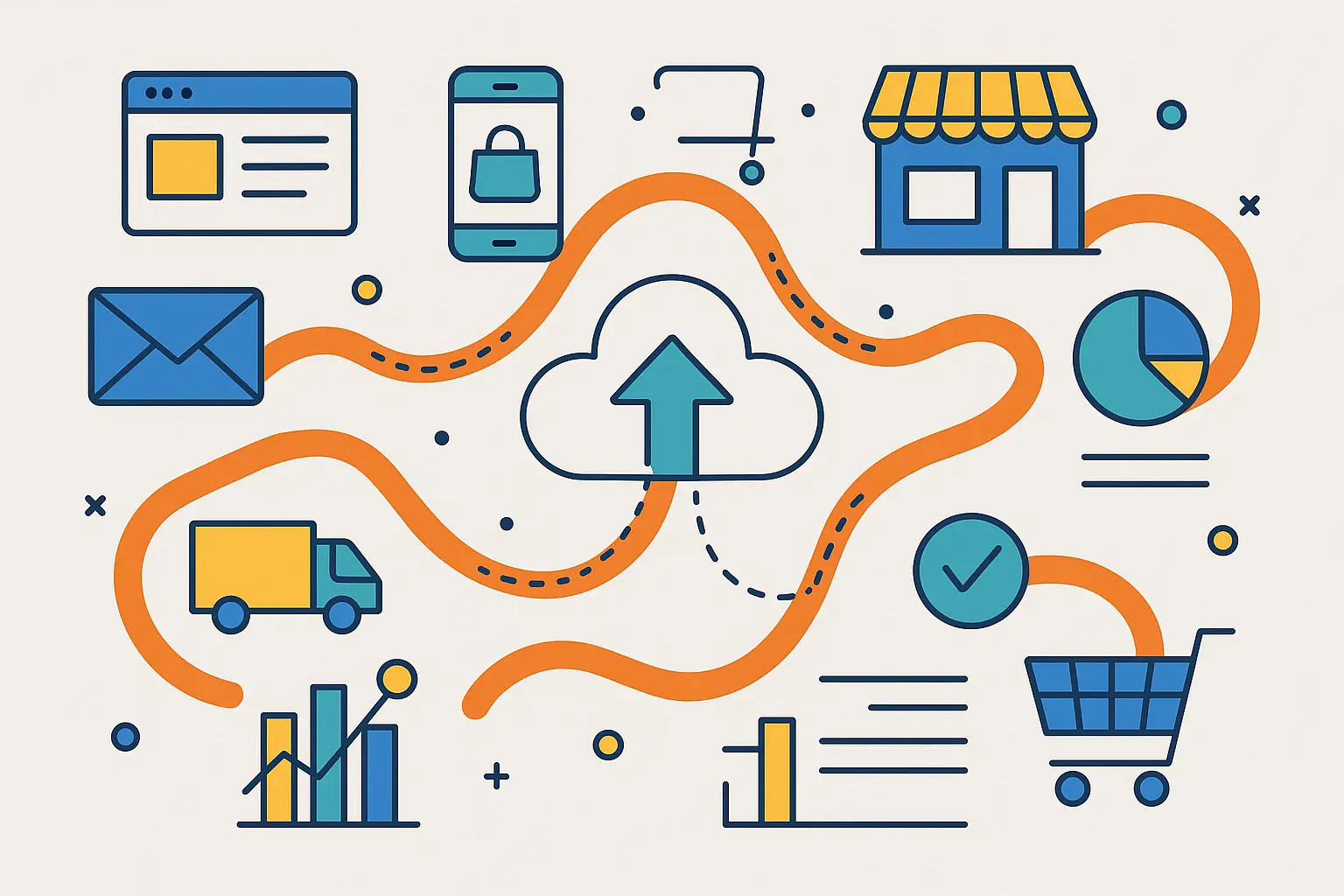
Social media interactions influenced 73% of purchase decisions, even for customers who ultimately bought in physical stores. This shows how interconnected the customer journey really is.
The lesson is that every touchpoint matters, even if it doesn’t directly result in a sale. That Instagram post or email newsletter might be the thing that makes someone more likely to buy when they finally visit your store.
13. Airbnb’s Host-Guest Matching Algorithm Research
Airbnb analyzed what makes bookings successful beyond just price and location. They found that personality and cultural compatibility significantly impact satisfaction.
Personality compatibility scores increased booking satisfaction by 34%, while cultural similarity improved review ratings by 0.8 points. Airbnb used this data to improve their matching algorithm.
This applies beyond vacation rentals. Any service business where personal interaction matters can benefit from thinking about compatibility factors. It’s not just about having the right service – it’s about matching the right service provider with the right customer.
14. Uber’s Dynamic Pricing Optimization Study
Uber’s real-time pricing analysis across 500+ cities shows how sophisticated algorithms can benefit everyone in a marketplace, not just maximize revenue.
Predictive pricing models reduced wait times by 23% while maintaining driver earnings. By gradually increasing prices before demand spikes, they get more drivers on the road exactly when and where they’re needed.
During a Bears game in Chicago, Uber’s algorithm started raising prices in the surrounding area 2 hours before the game ended. This brought more drivers to the area early, so when 60,000 people all wanted rides at the same time, wait times were 34% shorter than previous games while drivers earned 28% more.
The insight here is that pricing isn’t just about maximizing revenue – it’s a tool for optimizing the entire customer experience.
Brand Positioning & Competitive Intelligence
Brand perception shifts constantly, and most companies don’t notice until it’s too late. These studies show how to stay ahead of changes in how customers see you.
15. Tesla’s Brand Perception Longitudinal Study (2020-2024)
Tesla tracked their brand perception over four years as competition increased and their market position evolved. The results show how even the strongest brands face challenges.
Tesla maintained 87% association with innovation but saw reliability perception drop from 72% to 61%. As traditional automakers launched competing EVs, Tesla’s weaknesses became more apparent to consumers.
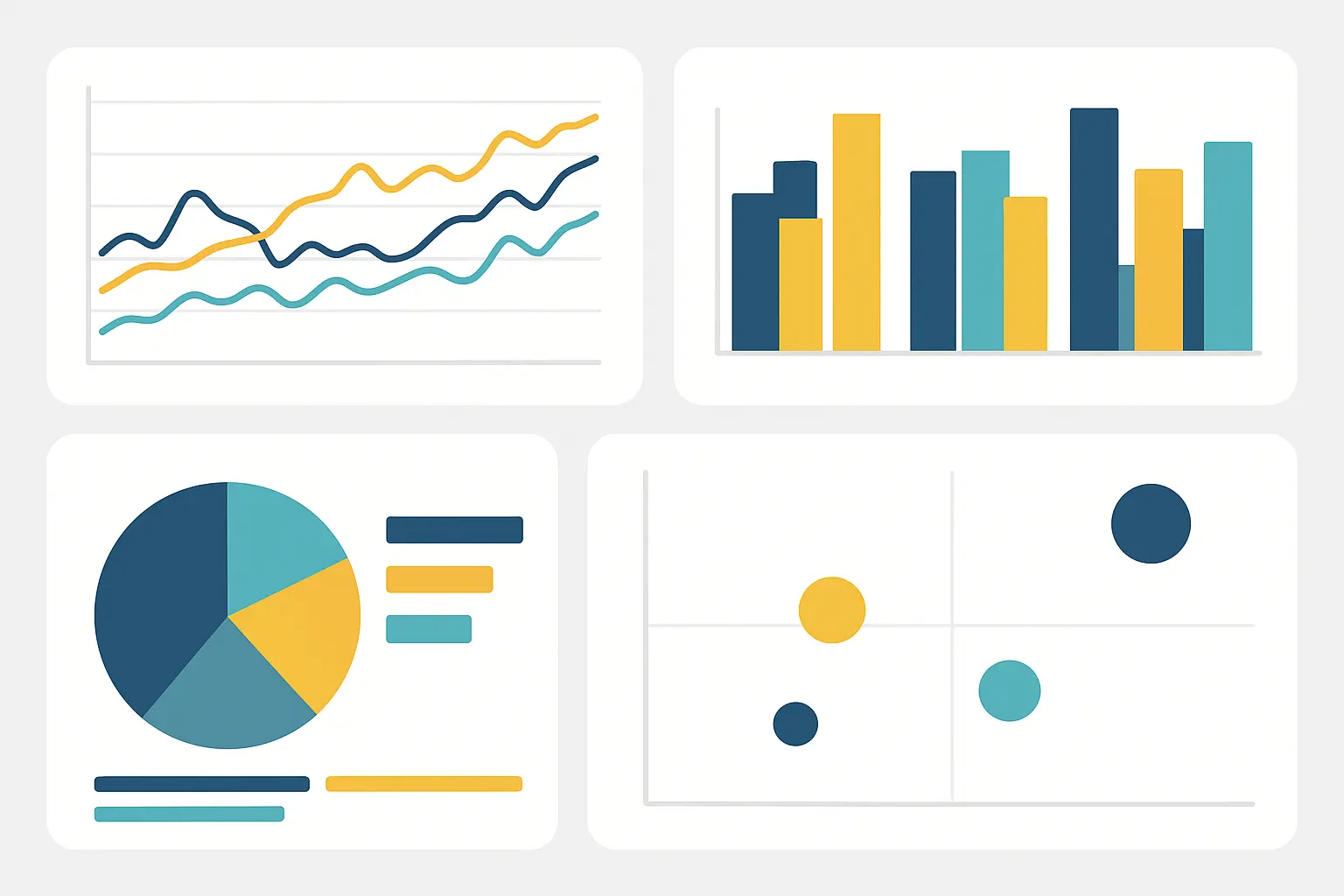
This forced them to shift marketing focus from “we’re innovative” to “we’re reliable too.” They increased service center investments and adjusted pricing in competitive markets.
The lesson here is that brand perception isn’t static. What made you successful initially might become a liability as markets mature and competition increases.
16. Apple’s Privacy-First Marketing Research
Apple studied how privacy messaging resonates with different customer segments and found that it’s not universally compelling.
Privacy messaging increased purchase intent by 43% among high-income consumers but had minimal impact on price-sensitive segments. This helped Apple focus their privacy marketing on the segments that actually care about it.
Not every differentiator appeals to every customer. Understanding which segments value your unique selling proposition helps you allocate marketing spend more effectively.
17. Patagonia’s Sustainability Messaging Study
Patagonia researched how environmental messaging affects different demographic groups and found that authenticity matters more than the message itself.
Sustainability messaging increased brand loyalty by 56% among millennials and Gen Z, while premium pricing acceptance increased 34% when tied to environmental benefits.
But here’s the key – this only works because Patagonia’s sustainability practices are genuine. Customers can tell the difference between authentic purpose and marketing spin.
18. Disney+’s Content Strategy Research
Disney+ analyzed viewing patterns to inform their content investments and discovered that different content types serve different strategic purposes.
Family-friendly content drove highest subscriber retention (89% annual retention rate), while nostalgic content performed 45% better among 35+ demographic.
This shows how content strategy needs to balance retention versus acquisition goals. Family content keeps people subscribed, but nostalgic content brings in new subscribers from specific age groups.
The insight applies to any content business: different pieces serve different purposes in your overall strategy. Some content retains existing customers, other content attracts new ones.
Emerging Technology & Innovation Research
New technology creates opportunities, but also a lot of hype and confusion. These studies cut through the noise to show what actually works.
19. Microsoft’s AI Adoption in Enterprise Study (2024)
Microsoft analyzed AI tool adoption across 10,000+ enterprise customers to figure out what separates successful implementations from expensive failures.
Companies with structured AI adoption programs saw 31% productivity improvements within 6 months. But here’s the catch – most companies don’t have structured programs. They just buy AI tools and hope for the best.
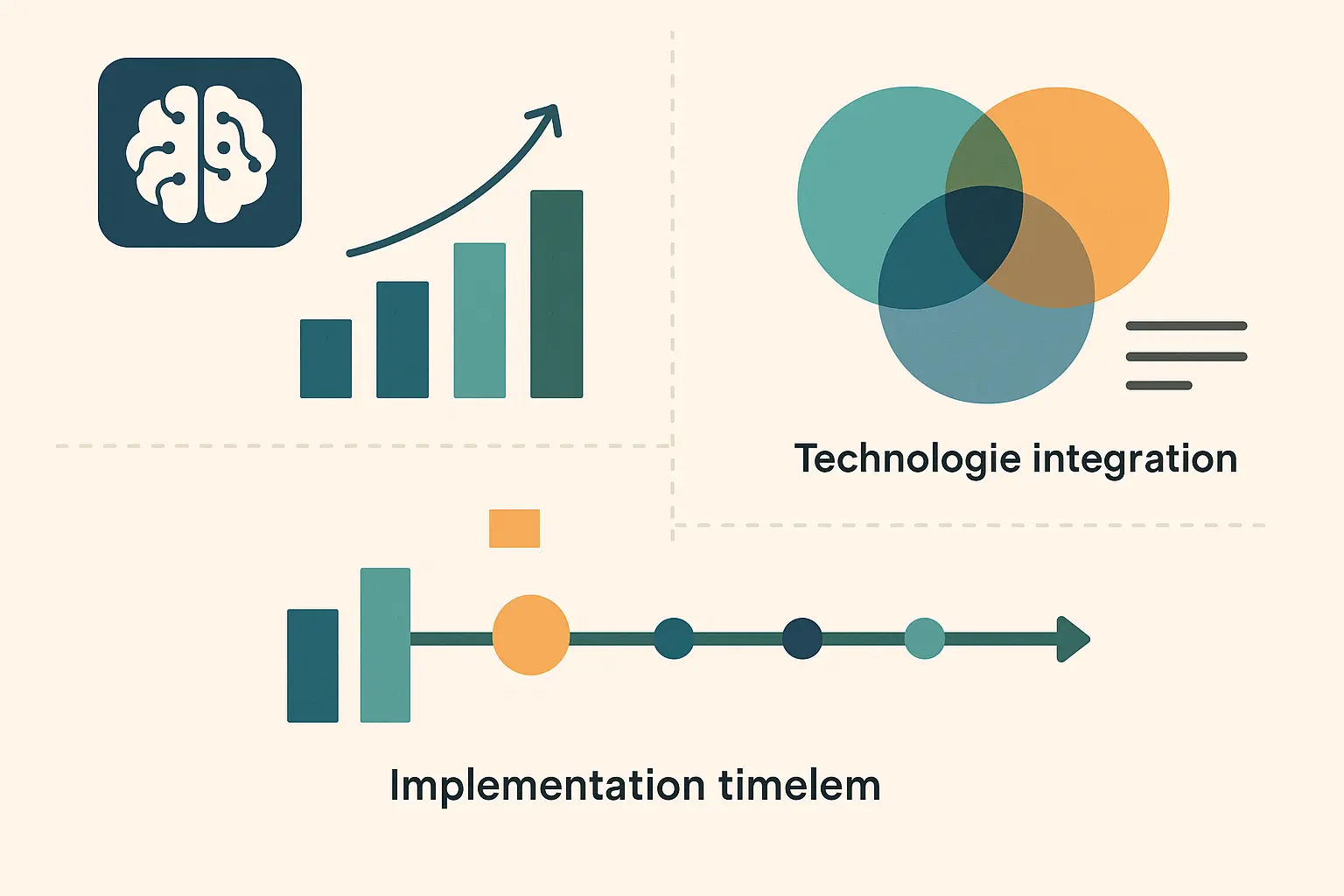
The biggest barriers weren’t technical – they were human. 67% of companies struggled with employee training, and 54% couldn’t integrate AI with their existing data systems. The technology works, but change management is still hard.
These findings complement our research on creating continuously learning systems with AI, which explores how organizations can build adaptive AI capabilities that improve over time.
Microsoft developed AI readiness assessments and change management protocols that increased successful adoption rates by 78%. It’s not about having the fanciest AI – it’s about preparing your organization to actually use it.
20. Walmart’s Supply Chain AI Optimization Research
Walmart tested AI-powered demand forecasting across 4,700 stores to see if it could beat their existing systems. The results show AI’s practical value beyond the hype.
AI forecasting improved accuracy by 42% compared to traditional methods, while inventory carrying costs dropped 18% without hurting product availability. They’re keeping shelves stocked while tying up less money in inventory.
This is AI doing what it does best – finding patterns in massive datasets that humans would miss. Walmart’s scale makes the impact huge, but the principles work for smaller businesses too.
21. JPMorgan Chase’s Fintech Customer Experience Study
JPMorgan researched how digital banking features affect customer satisfaction and found some surprises about what people actually want.
Biometric authentication increased customer satisfaction by 28% – people love not having to remember passwords. But AI-powered financial advice drove 67% increase in investment product adoption, showing that automation can actually improve sales when it genuinely helps customers.
The key insight is that customers embrace technology when it solves real problems, not when it’s just flashy. Fingerprint login solves the password problem. AI advice solves the “I don’t know what to invest in” problem.
22. Zoom’s Hybrid Work Communication Research
Zoom analyzed communication patterns in hybrid work environments and discovered some practical insights about remote meeting effectiveness.
Optimal meeting length for remote participants is 37 minutes versus 52 minutes for in-person meetings. Video fatigue is real, and it kicks in around the 4-hour mark of daily video calls.
This isn’t just about Zoom – it’s about how technology changes human behavior.
Remote communication requires different approaches than in-person communication, even when the technology is perfect.
Healthcare & Wellness Market Research
Healthcare is going digital, but adoption patterns are different from other industries because trust and perceived quality matter so much.
23. Teladoc’s Telehealth Adoption Barriers Study
Teladoc surveyed 25,000 patients and 1,200 physicians to understand what prevents people from using virtual healthcare. The results challenge assumptions about technology barriers.
Technology comfort level was less predictive of adoption than perceived care quality. People aren’t avoiding telehealth because they can’t figure out the video call – they’re worried the doctor won’t be able to help them properly through a screen.

Chronic condition patients showed 73% higher adoption rates than acute care patients. Makes sense – if you need regular check-ins for diabetes management, video calls are convenient. If you think you’re having a heart attack, you want to be in person.
Understanding these adoption patterns helps any healthcare organization figure out which services work well virtually and which need in-person delivery.
24. Peloton’s Home Fitness Engagement Research
Peloton analyzed what keeps people using their platform long-term and found that community features matter more than content quality.
Live class participation increased monthly retention by 34%, while social features like leaderboards and high-fives correlated with 67% higher annual retention rates.
People aren’t just buying workout equipment – they’re buying motivation and community. The technology enables the experience, but the psychology of competition and belonging drives the behavior.
This applies to any subscription business. Features that create social connection and friendly competition tend to drive higher retention than purely functional improvements.
25. CVS Health’s Retail Clinic Utilization Study
CVS researched what drives people to use retail healthcare clinics and found that convenience trumps almost everything else.
Convenience factor outweighed cost savings for 78% of patients. People will pay more for healthcare that fits into their schedule and location preferences.
Integration with pharmacy services increased patient loyalty by 45%. When you can see a provider and fill prescriptions in the same trip, that creates real value that’s hard to replicate elsewhere.
The insight is that healthcare consumers behave a lot like other consumers – they value convenience and integrated experiences, even if they have to pay a premium.
How The Marketing Agency Can Help You Implement These Insights
Look, reading case studies is the easy part. Actually implementing the insights? That’s where most businesses get stuck.
I’ve seen too many companies read about Netflix’s personalization success and think “we should personalize our website!” Then they slap some basic dynamic content on their homepage and wonder why it doesn’t work like Netflix’s algorithm.
The difference is in the implementation details. Netflix has data scientists, massive datasets, and sophisticated testing infrastructure. Most businesses don’t. But that doesn’t mean you can’t apply the underlying principles – you just need to adapt them to your situation and resources.
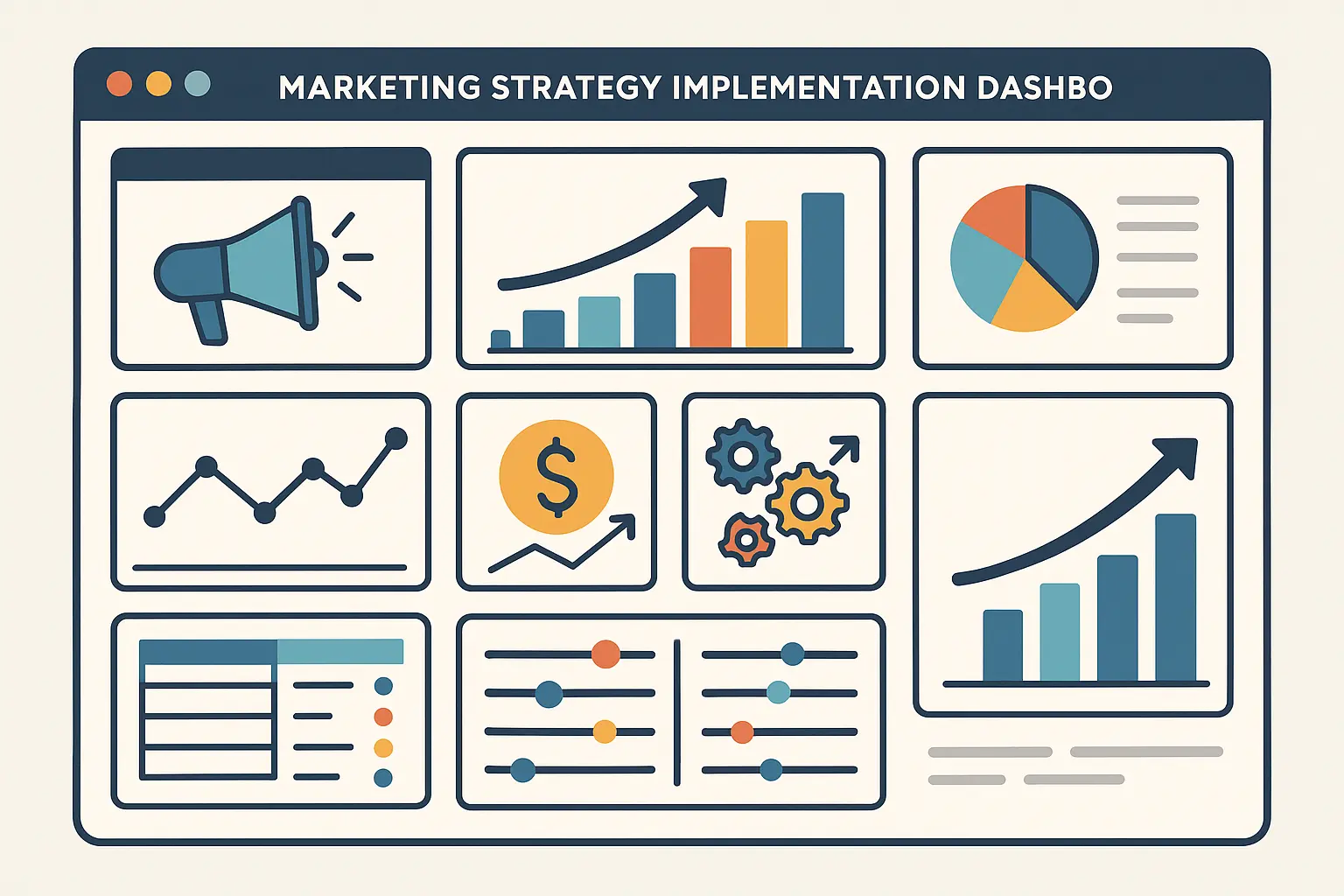
That’s where The Marketing Agency comes in. Instead of trying to copy what works for billion-dollar companies, they help you figure out which insights actually apply to your business and how to implement them with your constraints.
Their AI-powered analysis can implement segmentation strategies similar to Coca-Cola’s consumer archetypes, but scaled for businesses that don’t have global research budgets. They’ll identify your customer segments based on actual behavior data, not generic demographic assumptions.
For businesses wanting to implement Google’s AI targeting insights, they can help you shift budget toward AI-powered campaigns while maintaining the performance tracking that makes optimization possible. No point in using fancy targeting if you can’t measure whether it’s working.
Similar to how our advanced analytics for strategic growth guide demonstrates systematic implementation of data-driven strategies, The Marketing Agency transforms market research case study insights into measurable business outcomes.
The real value is in their systematic approach to testing and implementation. Instead of making big bets based on what worked for other companies, they help you run small tests to validate insights in your specific situation before scaling up.
Want to see if micro-influencers deliver better ROI than big names? They’ll help you design tests that give you reliable data. Curious whether personalized email content improves conversions? They’ll set up proper A/B tests with statistical significance.
The goal isn’t to become Netflix or Google – it’s to extract the principles that work and apply them in ways that make sense for your business.
Final Thoughts
Here’s the thing about market research case studies – they’re only as valuable as your ability to implement them. I’ve seen too many businesses get excited about impressive statistics and then do nothing with the insights.
The studies that impressed me most weren’t necessarily the ones with the biggest sample sizes or fanciest methodologies. They were the ones that provided clear, actionable insights that you could actually test and implement.
Netflix’s personalization research works because they tell you exactly what they tested and what happened. Google’s AI targeting study gives you specific performance improvements you can benchmark against. Shopify’s conversion optimization findings provide immediate implementation opportunities.
But remember – context is everything. What works for enterprise companies might not work for small businesses. What works in one industry might flop in another. The key is understanding the underlying principles and testing their application in your specific situation.
Don’t try to implement everything at once. Pick the insights most relevant to your biggest current challenges, set up proper testing frameworks, and measure results against the benchmarks these studies provide.
Most importantly, remember that these case studies represent starting points, not final answers. The best insights come from combining proven principles with your own testing and optimization.
The companies that win aren’t the ones that copy what others do – they’re the ones that understand why things work and adapt those principles to their own unique situations.



